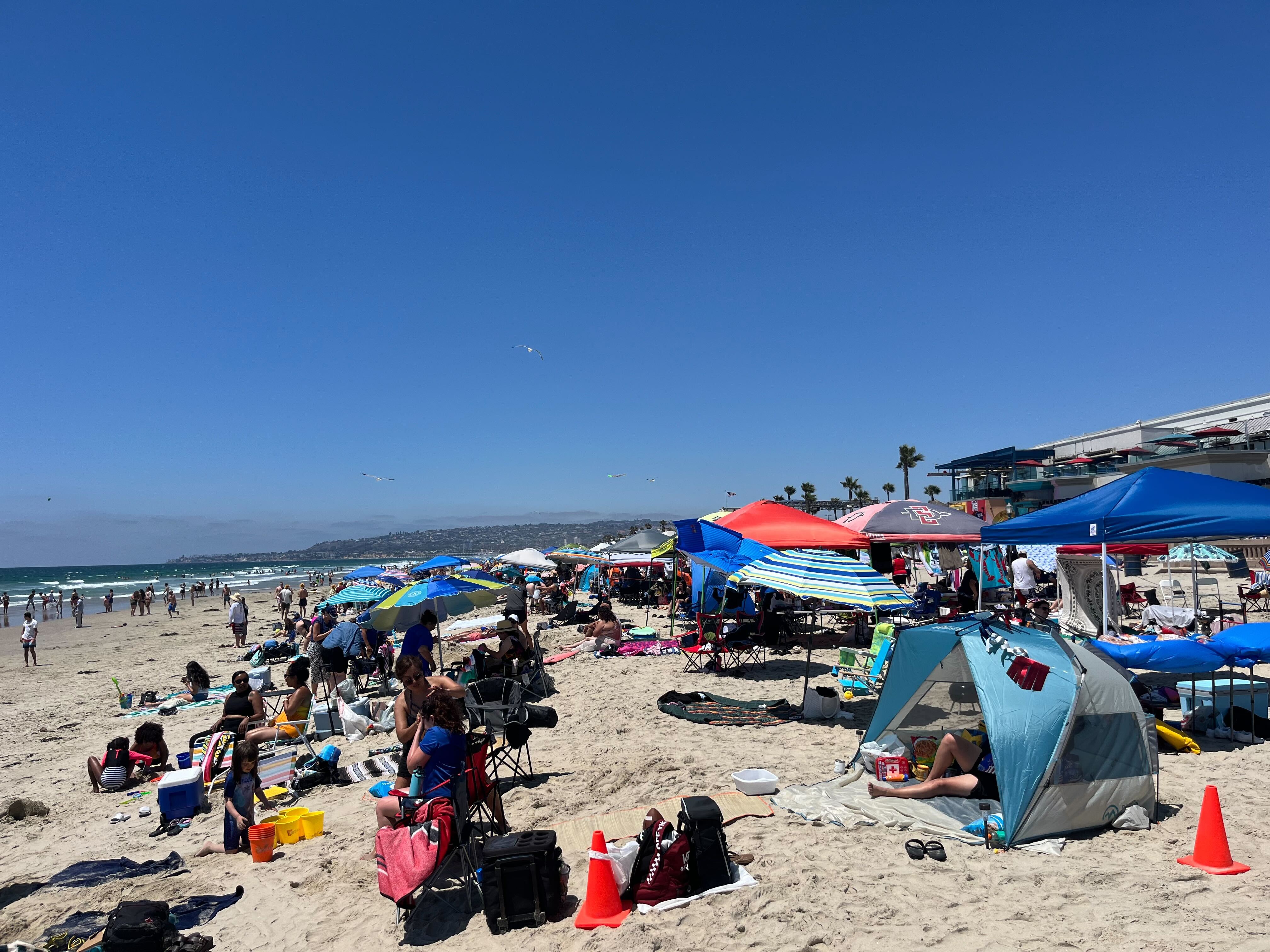The economy is doing well by most accounts -- unemployment is low and wages are slowly rising, but still most Americans are unprepared for an emergency expense.
A Bankrate study found nearly three in 10 Americans have no emergency savings. This means an unexpected car repair or emergency room visit could send them into debt.
"A lot of people rely on family members or friends to bail them out of those situations," said Todd Lane, president and CEO of California Coast Credit Union. "And there’s anxiety in those situations, because you have to ask them for money and that can be avoided if we had that savings account."
Lane has four easy steps to start an emergency savings account.
Step One:
Make a new savings account strictly for emergencies.
"You ought to set up multiple savings accounts and earmark them for certain things," Lane said.
Local
Step Two:
Set up an automatic transfer from your paycheck.
"You can go to your employer and say, 'I want $10 or $25 every pay period allocated to my emergency savings fund and here’s the account number for that,'" Lane said. "Then what you get in the form of a paycheck or deposited to your checking account, that's money you can spend."
Step Three:
If you get a raise, try to not change your spending habits for a whole year. Lane said it's a quick way to build up a savings account.
Step Four:
If you get unexpected money, such as a gift or income from selling a piece of used furniture, use the rule of thirds.
"A third of that goes into the savings account," Lane said. "Then a third of that goes into a checking account that you can spend on new things, and a third goes to pay down your debt."
As a general rule of thumb, Lane said it's important to stick to a certain standard of living.
"Live within your means and, if you can, live below your means to save for that rainy day," Lane said.



